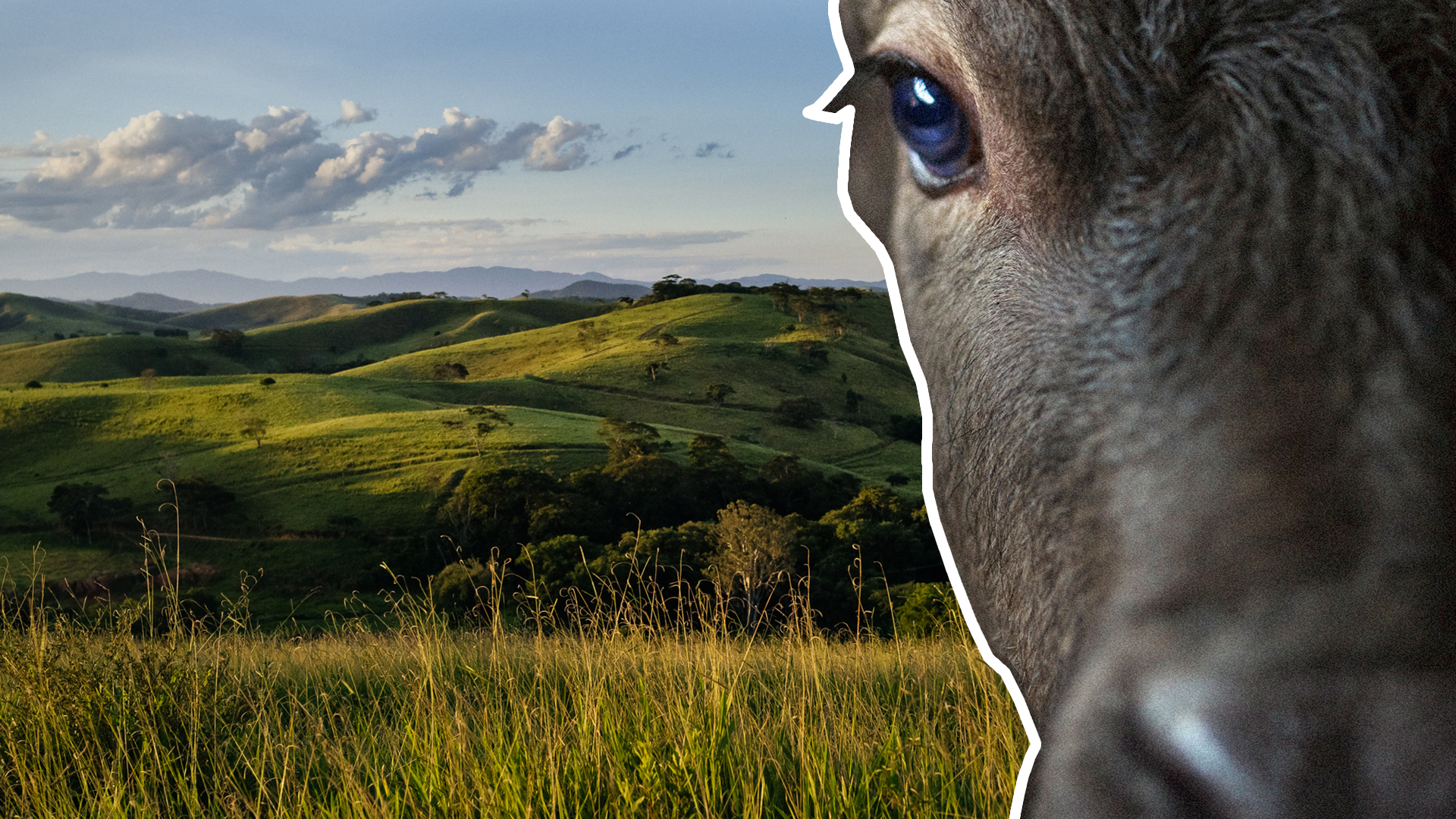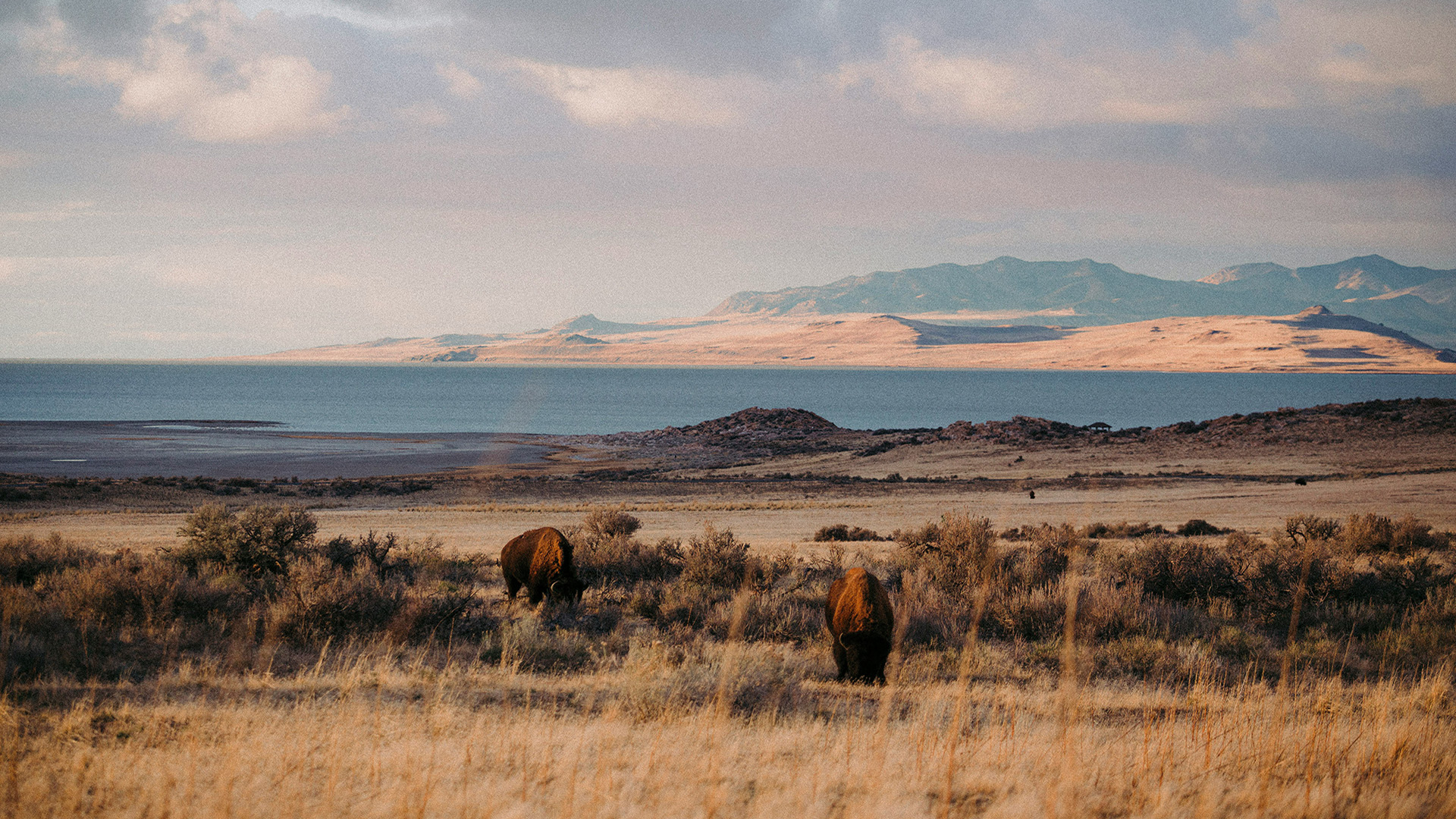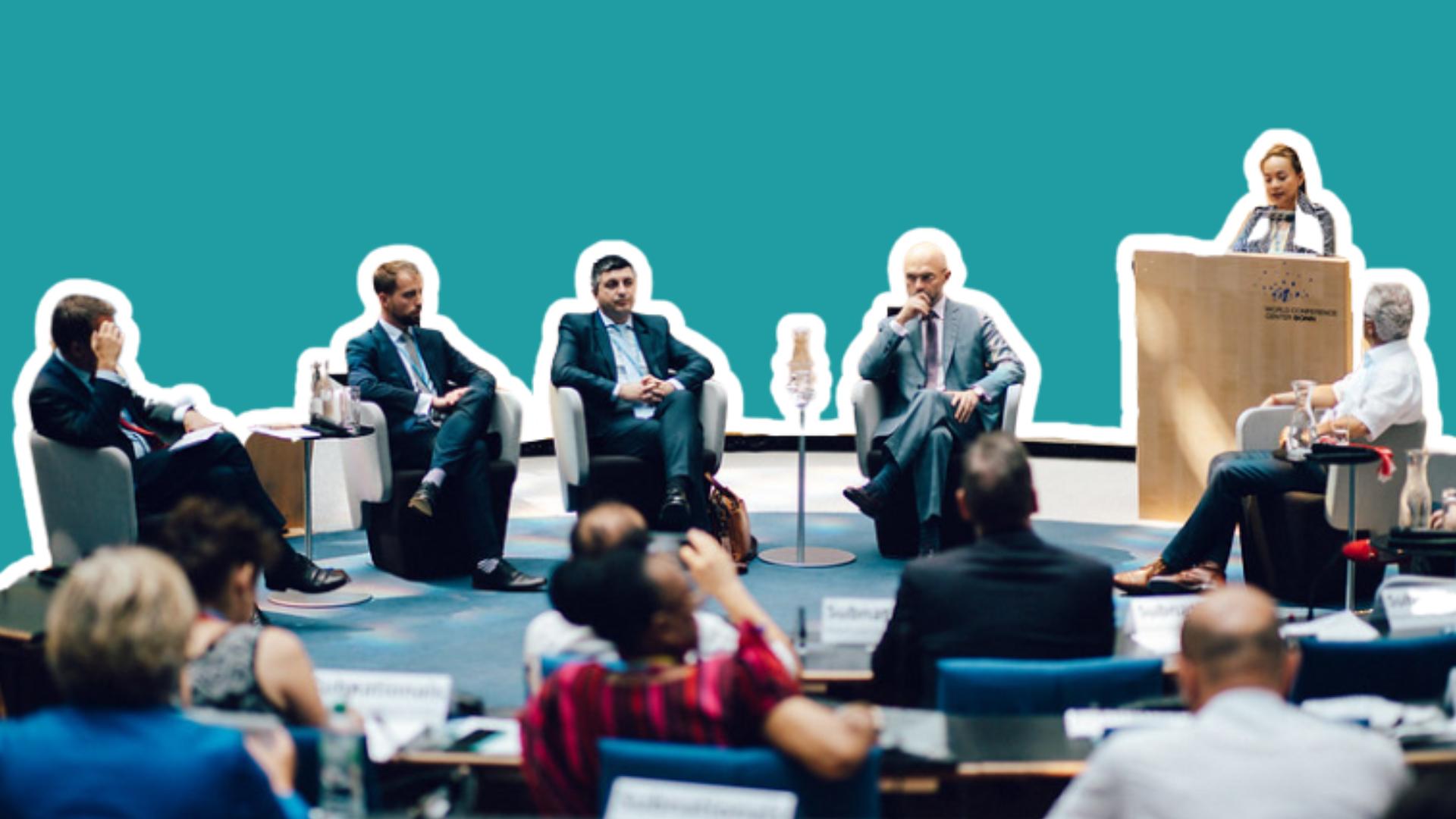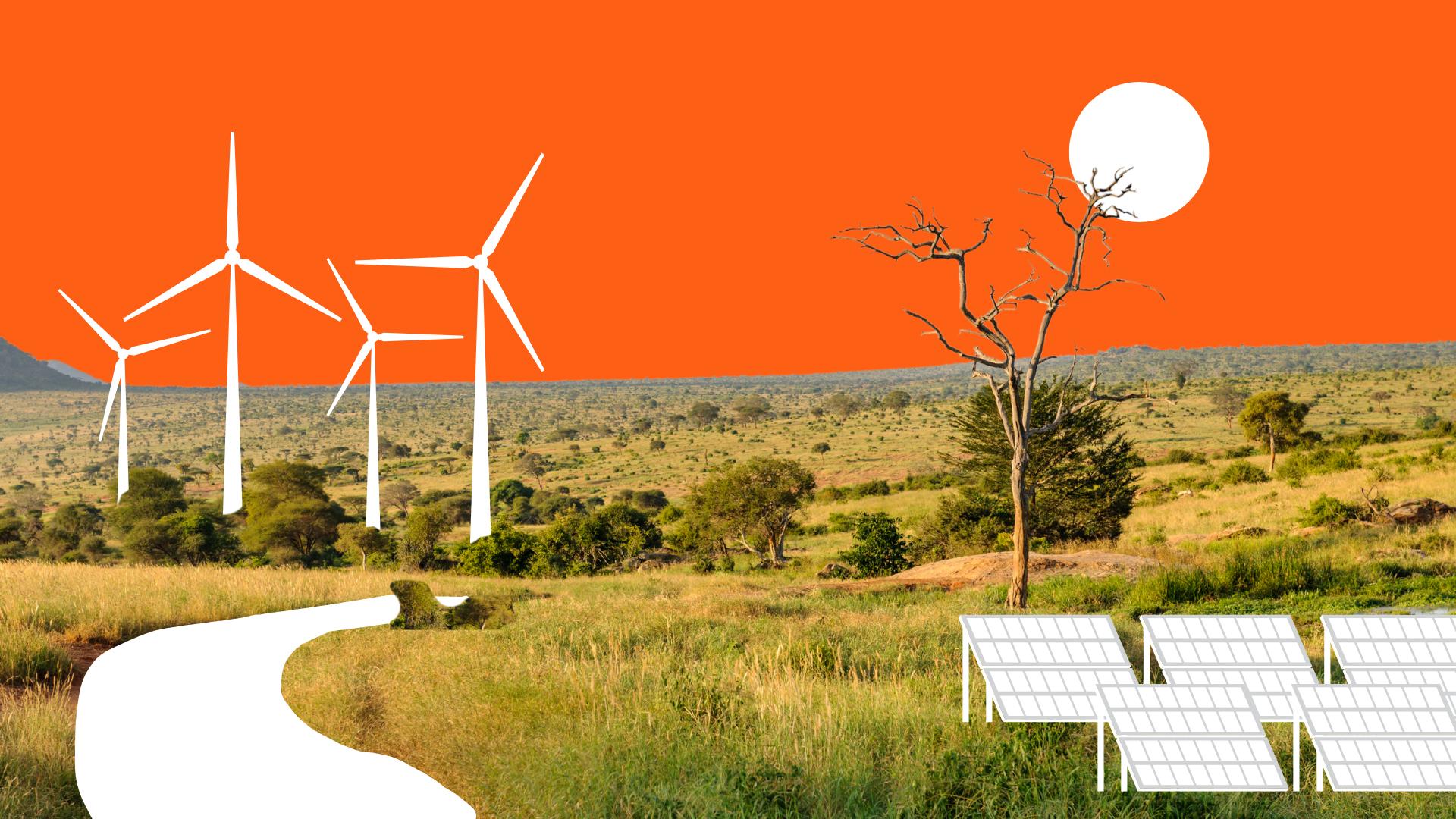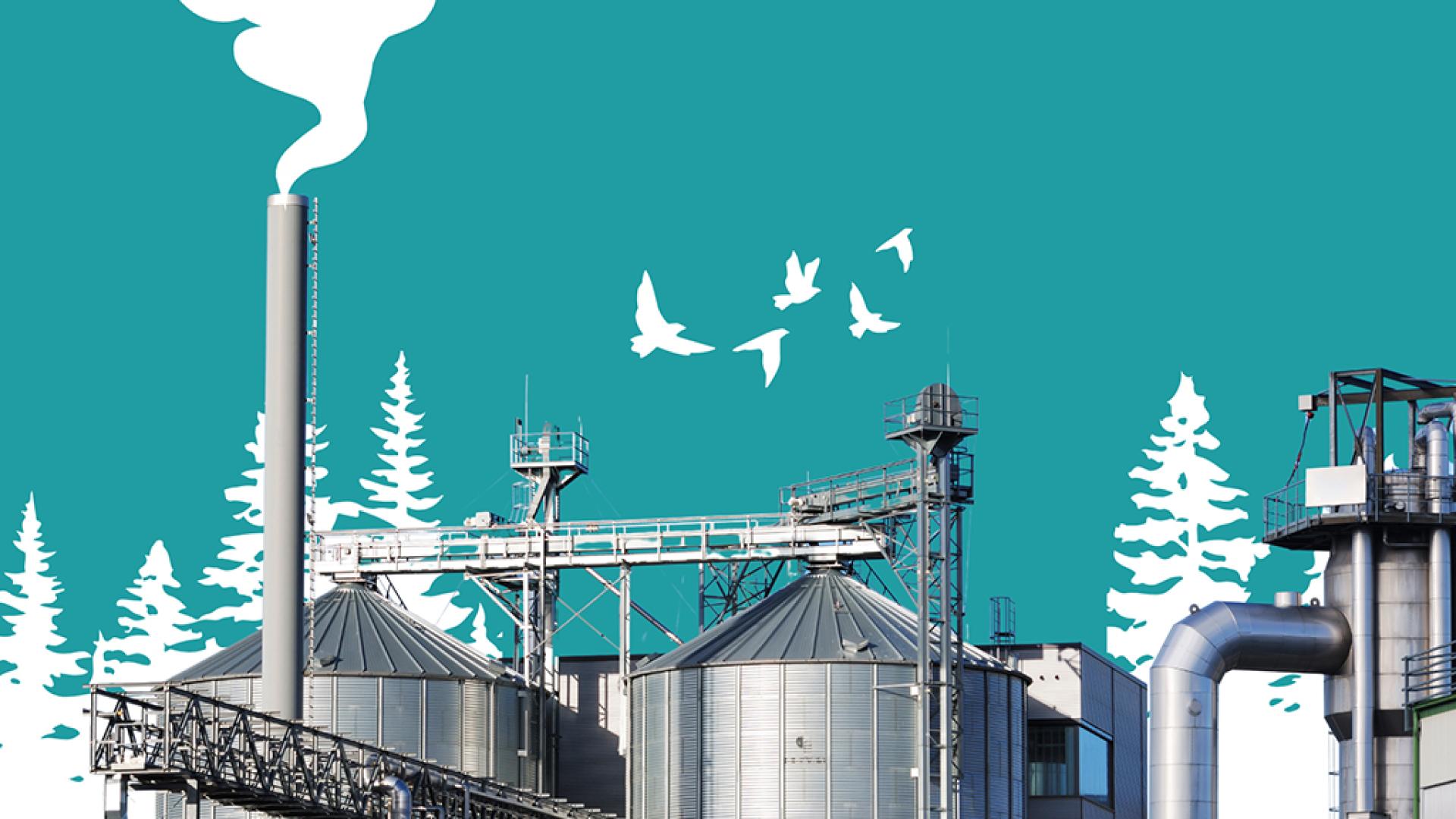But, sadly, regenerative grazing doesn’t always live up to the hype. The climate benefits are often smaller than claimed and only work under limited circumstances. Moreover, the more outlandish claims about regenerative grazing can act as greenwashing for the beef industry. Left unchallenged, this could distract us from pursuing more effective solutions and delay the changes we need to make in the livestock industry.
Regenerative grazing has a place in the climate-friendly agriculture toolbox. But we must be conscious of its limitations and use it as effectively as possible.
Why Regenerative Grazing Doesn’t Always Deliver as Promised
The best approach to addressing climate change – no matter the sector – is to cut greenhouse gas emissions from the source. Whether the emissions come from burning coal, driving SUVs, heating homes, clearing forests, or raising herds of cattle, the strategy is the same – we should cut emissions quickly and deeply.
But regenerative grazing doesn’t work by cutting emissions. Instead, it tries to “balance out” its emissions by putting carbon in the soil. The idea goes like this: Well-managed grazing systems create healthy grasslands that sequester soil carbon – enough to overtake the emissions of cattle grazing. That creates carbon-negative landscapes, thus making it a huge climate solution.


